Collection: Treadmill Buyer Guide Sydney Australia
Purchasing a treadmill can be one of the most rewarding investments you make for your health and fitness. Whether you’re training for endurance, managing weight, or simply adding more movement into a busy lifestyle, a treadmill offers the convenience of indoor exercise with the flexibility to adapt to your schedule. For those living in Sydney, where weather can range from scorching summer heat to cool rainy days, a treadmill provides a reliable way to stay consistent year-round.
This guide is designed to walk you through everything you need to know before buying a treadmill in Sydney, Australia. From understanding key features and specifications, to space considerations, budgeting, and long-term use, you’ll find practical advice to help make a confident and informed decision.
Why Buy a Treadmill in Sydney?
Sydney is one of the most active cities in Australia, with stunning outdoor parks and coastal walks. However, life in a bustling urban environment often means battling time constraints, unpredictable weather, and crowded public spaces. Owning a treadmill allows you to:
- Exercise Anytime: No need to wait for daylight, safe walking routes, or ideal weather.
- Consistency: Maintain a structured fitness routine even on rainy winter mornings or 35°C summer afternoons.
- Convenience: No travel time to gyms or public tracks—simply step onto the treadmill at home.
- Controlled Environment: Adjust incline, pace, and workout style to match your fitness goals without interruptions.
Step 1: Define Your Fitness Goals
Before diving into features, it’s important to clarify why you’re buying a treadmill. Your goals will heavily influence what specifications to prioritise.
- General Fitness & Walking: If your main objective is to walk or lightly jog for health, focus on comfort, reliability, and ease of use.
- Weight Loss & Cardio: Look for programs that vary intensity, solid cushioning to reduce impact, and stability for longer sessions.
- Running & Endurance Training: Prioritise stronger motor power, higher speed settings, and incline options to simulate outdoor conditions.
- Rehabilitation & Low-Impact Training: Consider machines with excellent shock absorption and handrails for safety.
Having clarity about your goals prevents overspending on features you won’t use or under-investing in specifications that matter to you.
Step 2: Measure Your Space
Sydney apartments and homes vary widely in size, so the available space is a major factor. Ask yourself:
- Dedicated Room or Shared Space? Will your treadmill live in a home gym, spare room, or common living area?
- Ceiling Height: Remember to factor in your height plus treadmill deck and incline—especially important for basements or rooms with low ceilings.
- Storage Needs: If space is limited, foldable treadmills can save room. Just ensure the folding mechanism is safe and easy to use.
Tip: Measure the area carefully before purchase, including extra space around the treadmill for safety (at least 50 cm on each side and 1 m behind).
Step 3: Understand Key Specifications
When browsing treadmills, you’ll encounter a wide range of technical specifications. Here’s what they mean in practical terms:
1. Motor Power
Measured in horsepower (HP) or continuous horsepower (CHP).
- 2.0–2.5 CHP: Best for walking and light jogging.
- 2.5–3.0 CHP: Suitable for regular jogging and light running.
- 3.0+ CHP: Recommended for frequent runners and endurance training.
2. Running Surface (Deck Size)
The deck should be long and wide enough for your natural stride.
- Walkers: 45–50 cm wide and at least 120 cm long.
- Runners: 50–55 cm wide and 140–150 cm long.
3. Cushioning & Shock Absorption
Reduces stress on joints compared to outdoor running. This is particularly useful for those with knee or hip sensitivities.
4. Incline Settings
Inclines simulate hill running and boost calorie burn. A range of 0–15% is typical. Some models also include decline features to mimic downhill movement.
5. Speed Range
- Walkers need up to 8–10 km/h.
- Runners should look for at least 16 km/h or higher.
6. Console & Programs
Modern treadmills often include pre-set workouts, heart-rate monitoring, and sometimes entertainment features. Focus on what motivates you—simple and functional or interactive and immersive.
7. Weight Capacity
Ensure the treadmill supports at least 20–25 kg above your body weight for safety and durability.
Step 4: Consider Your Budget
Like any major purchase, budget plays a significant role. In Sydney, the cost of treadmills can vary widely depending on size, durability, and features. Here’s a general breakdown:
- Entry-Level: Great for walking and light use. Affordable, compact, but limited in speed and durability.
- Mid-Range: Balances cost and performance. Suitable for regular jogging or light running. Includes better cushioning and longer warranties.
- High-End: Built for runners and high-intensity training. Stronger motors, larger decks, and advanced features like incline/decline, touchscreens, and interactive programs.
Remember to factor in delivery and assembly costs, which can be higher in Sydney due to access restrictions in some residential buildings.
Step 5: Think About Maintenance & Longevity
A treadmill is a long-term investment. Proper care ensures it continues performing well for years. Consider:
- Lubrication: Belts require regular lubrication to reduce friction and extend motor life.
- Cleaning: Keep the area around your treadmill dust-free to prevent buildup.
- Warranty: Check coverage for motor, frame, and electronics. Longer warranties usually signal higher-quality construction.
- Servicing: Ask if local servicing options are available to avoid costly downtime.
Step 6: Safety Features
Safety is often overlooked but essential, especially for households with children or elderly family members. Look for:
- Emergency Stop Key: Clips onto your clothing and halts the machine if pulled.
- Side Rails: For steadying yourself while starting or stopping.
- Slow Start/Stop: Prevents sudden jolts when powering up or ending workouts.
Step 7: Test Before You Buy
While shopping online is common, if possible, test a treadmill in person before committing. Pay attention to:
- Comfort of the deck and cushioning.
- Noise level of the motor.
- Console usability—are buttons easy to reach while moving?
- Stability at higher speeds or inclines.
Even if you ultimately order online, knowing what feels comfortable helps you avoid disappointment.
Step 8: Delivery and Installation in Sydney
Sydney living often involves narrow staircases, apartments, or shared access points. Ensure:
- Delivery Includes Assembly: Some treadmills are heavy and difficult to set up alone.
- Check Dimensions Beforehand: Measure doors, hallways, and lifts to confirm the treadmill will fit.
- Location Matters: Decide exactly where the treadmill will live before it arrives.
Lifestyle Integration
Owning a treadmill is only part of the journey. To truly benefit:
- Schedule Workouts: Treat them like appointments.
- Mix It Up: Use interval training, incline walking, or longer endurance sessions to stay motivated.
- Track Progress: Use built-in metrics or wearable devices to measure improvements.
- Stay Safe: Always warm up, cool down, and use proper footwear.
Final Thoughts
Buying a treadmill in Sydney is about more than choosing a machine—it’s about creating a sustainable fitness habit that fits your lifestyle. By considering your goals, space, budget, and long-term needs, you’ll be able to choose a treadmill that keeps you active regardless of the weather, time of day, or demands of city living.
A treadmill is not just exercise equipment; it’s a commitment to your health and well-being. With the right choice, you’ll have a reliable partner in achieving your fitness goals for years to come.
-
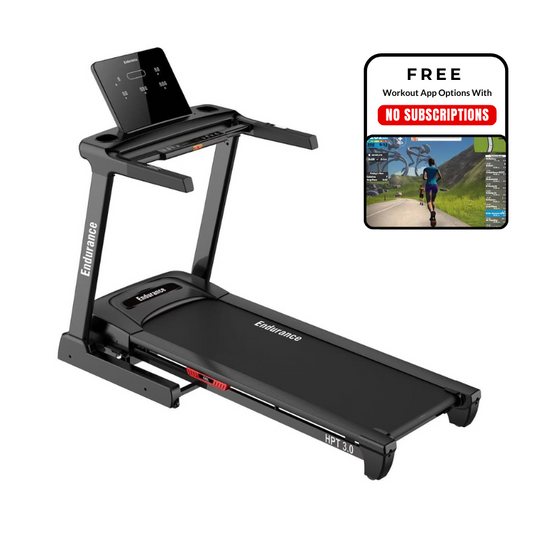
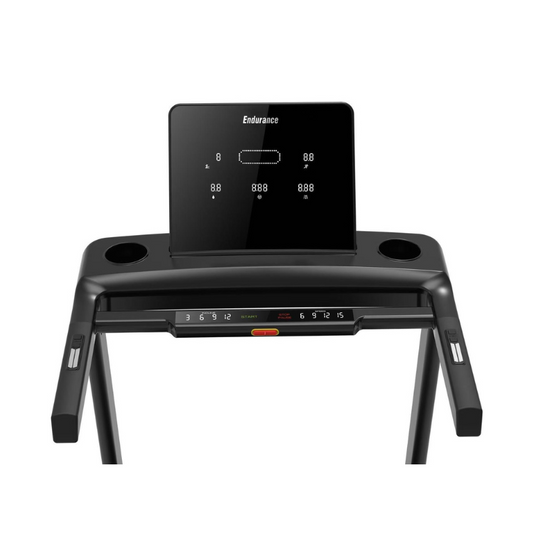 Sold out
Sold outEndurance HPT Treadmill
Regular price $2,499.00 AUDRegular priceUnit price / per$2,999.00 AUDSale price $2,499.00 AUDSold out -

 Sold out
Sold outEndurance Athlete Treadmill
Regular price $1,299.00 AUDRegular priceUnit price / per$1,899.00 AUDSale price $1,299.00 AUDSold out -
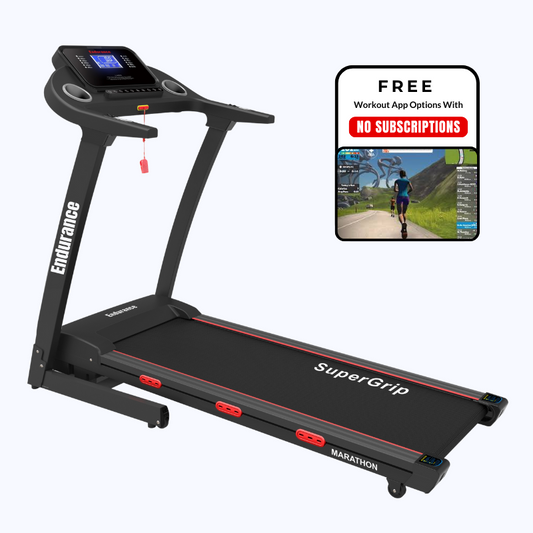
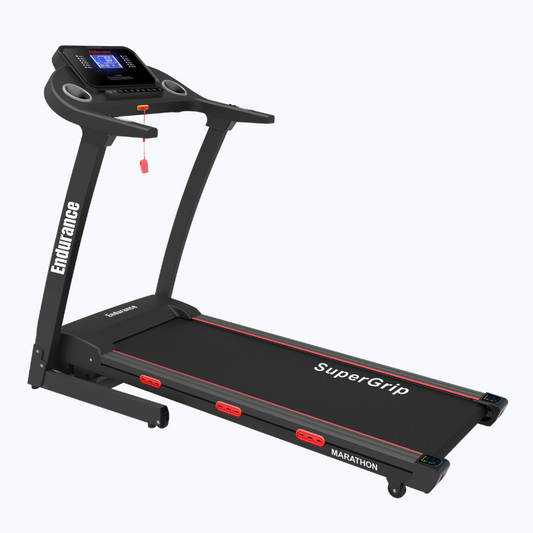 Sold out
Sold outEndurance Marathon Treadmill
Regular price $1,399.00 AUDRegular priceUnit price / per$1,699.00 AUDSale price $1,399.00 AUDSold out -
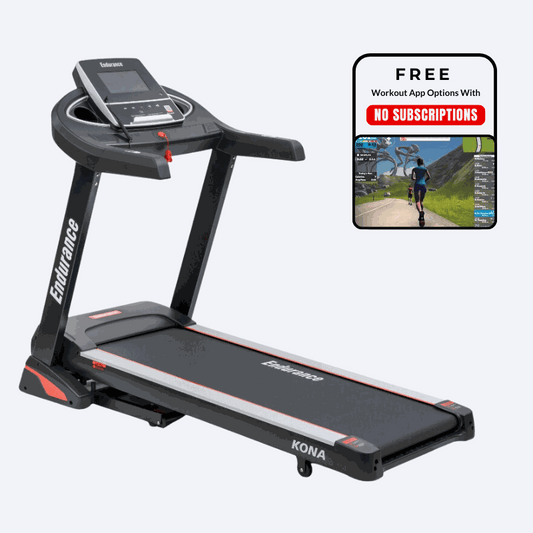
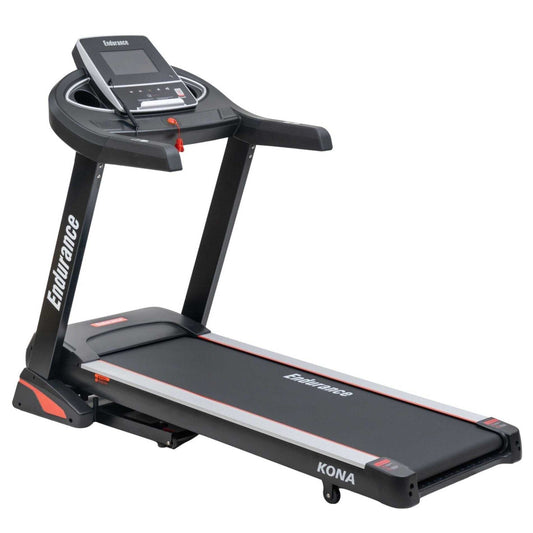 Sold out
Sold outEndurance Kona Treadmill
Regular price $4,499.00 AUDRegular priceUnit price / per$0.00 AUDSale price $4,499.00 AUDSold out -

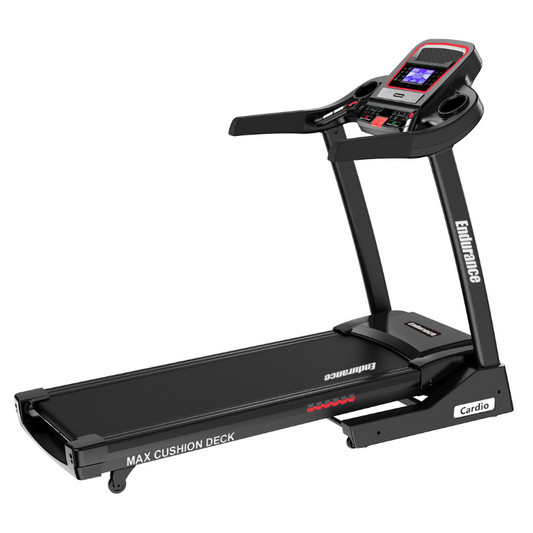 Sold out
Sold outEndurance Cardio Treadmill
Regular price $1,499.00 AUDRegular priceUnit price / per$2,499.00 AUDSale price $1,499.00 AUDSold out -
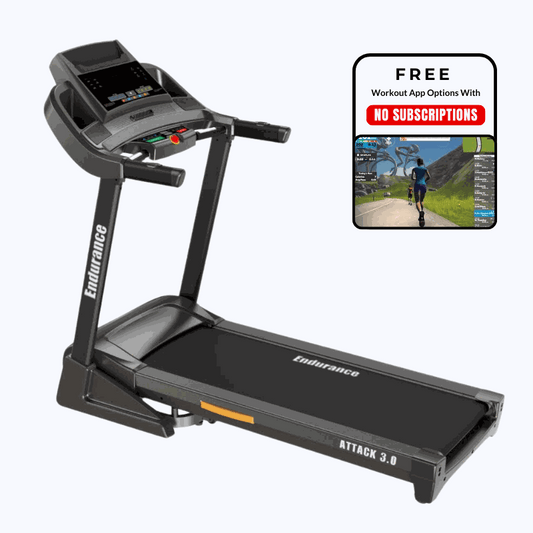
 Sold out
Sold outEndurance Attack Treadmill
Regular price $2,699.00 AUDRegular priceUnit price / per$3,249.00 AUDSale price $2,699.00 AUDSold out












